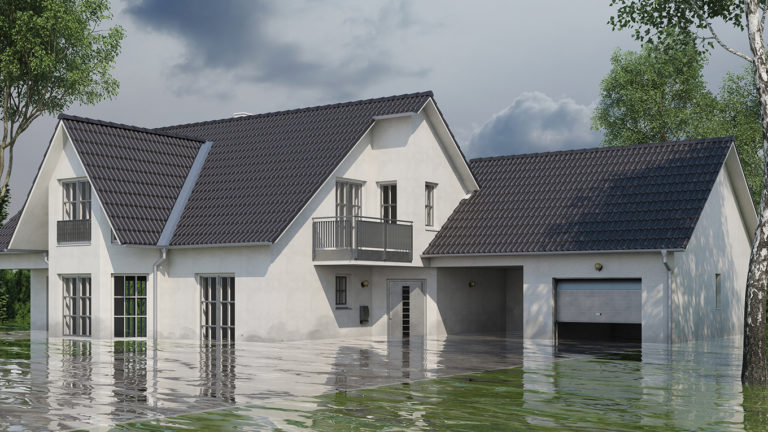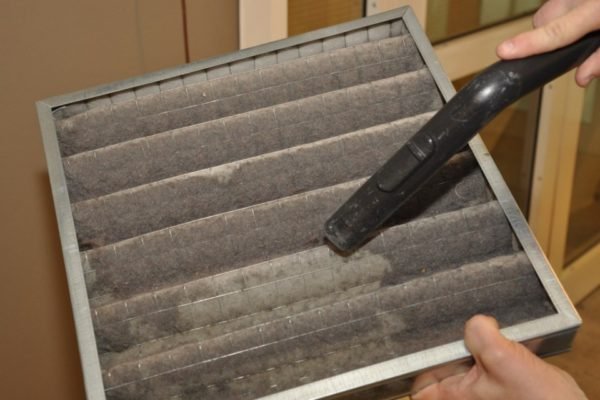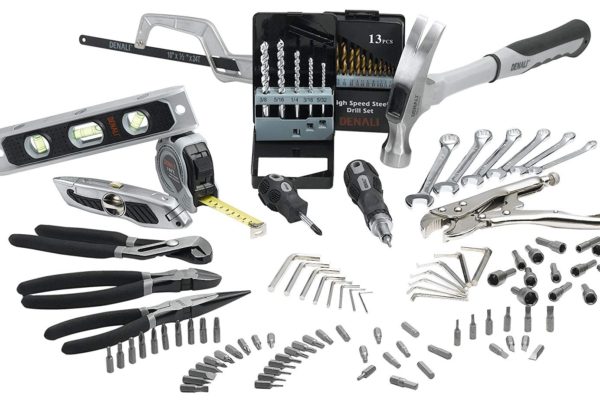Water damage can be extensive and costly, unfortunately, it isn’t always something that homeowners think about let alone are prepared for. It is important to know and evaluate your homes flood risk.
Certain areas are more prone to flooding and therefore you should take extra precautions. You can use online resources such as flood maps to assess your home’s risk and act accordingly.
Take a look at the following tips and tricks to try and prepare your home.
Inside the Home
Seal all cracks in the basement floor and walls, this is the simplest way to reduce your risk of flooding. Usually, cracks can be sealed inexpensively from the inside of your home.
Always avoid pouring oils, greases, and fats down your drains as over time this can form a blockage leading to a backup from the sewer. Dispose of these things in your household waste instead.
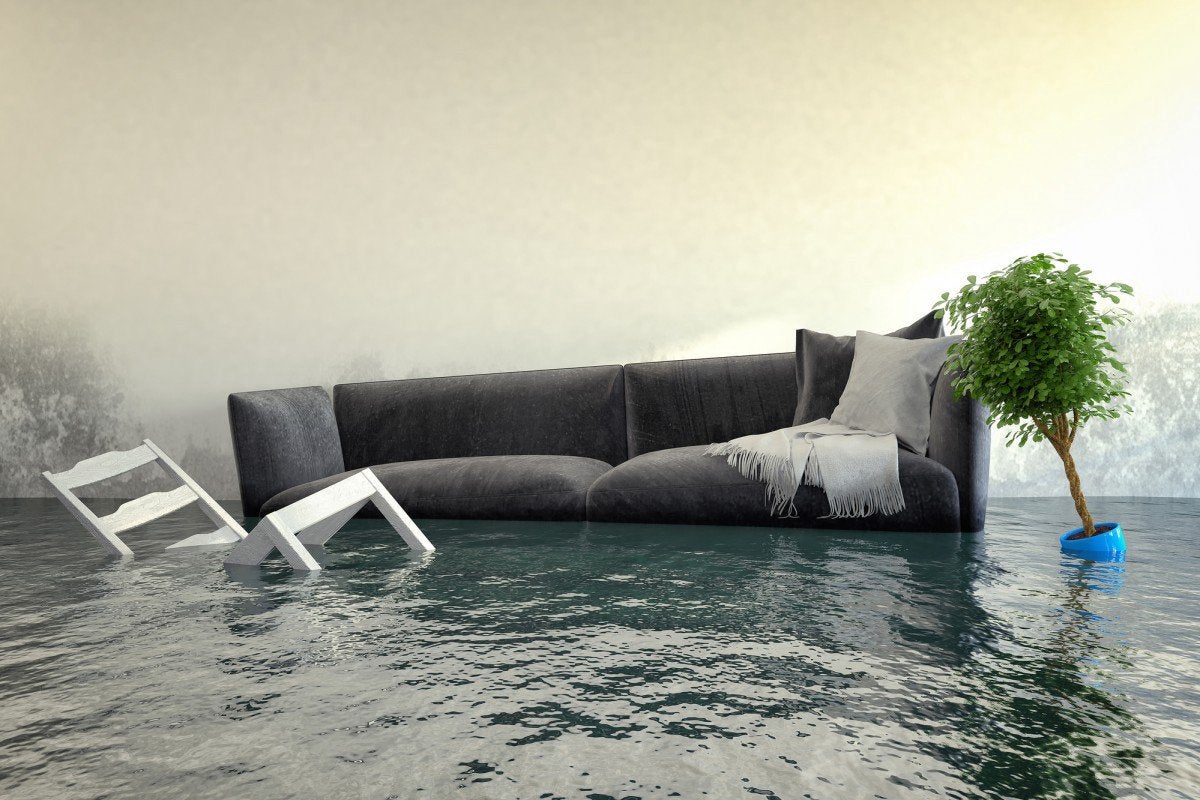
Install covers alongside wells on your windows. Window wells are usually made from galvanized steel and their function is to support the earth and block debris and moisture from reaching your windows. They improve drainage and aid in the prevention of rot on your window frames. Adding covers simply provides extra protection.
Although, all of this being said, if water does make its way into your property this isn’t the end of the world as there are many emergency water extraction services such as All Dry Metrics. They not only restore your home to its former glory after flood damage, but they also deal with any resulting mold or damp issues. As sometimes flood damage despite your best efforts can be unavoidable.
Outside the Home
Regularly check that your guttering is clear, if the guttering is full of leaves and other debris then the water is likely to pool and potentially get into your attic space through the roof tiles.
Utilise the features in your land to allow water to drain away from your property. Design your landscaping around it, diverting water away will help keep your home dry.
Consider installing a sump pump, which is a device that pumps groundwater away from your home. They are installed in your homes sump pit which is often in the basement or the lowest point in the house. During a heavy rain or ground moisture, the sump pump activates automatically to pump the water away. These devices are intended to keep your basement flood-free and prevent problems with your home’s foundation such as mold or mildew.
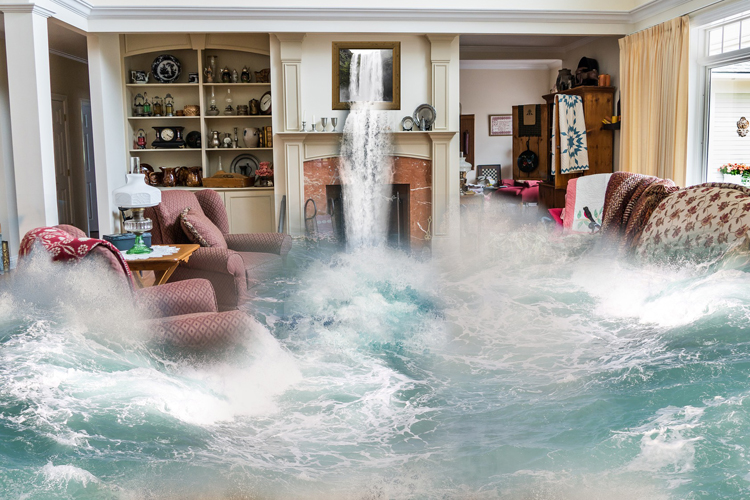
If the Flooding Starts.
If your water supply is the source of the flooding, turn it off immediately. If it’s possible and safe to do so turn off your electricity too to minimise the risk of electrocution to yourself. Get to a higher floor of your home or higher ground if the flood is due to a storm and unlikely to stop for a while. Keep your valuables and irreplaceable documents in a watertight container so that they will be safe in the event of a flood. Keeping yourself safe should be your priority.
To Conclude
Whilst being prepared will obviously help you cannot always prepare for unprecedented acts of God or inclement weather. Take stock of your valuable, irreplaceable items and store them accordingly.




